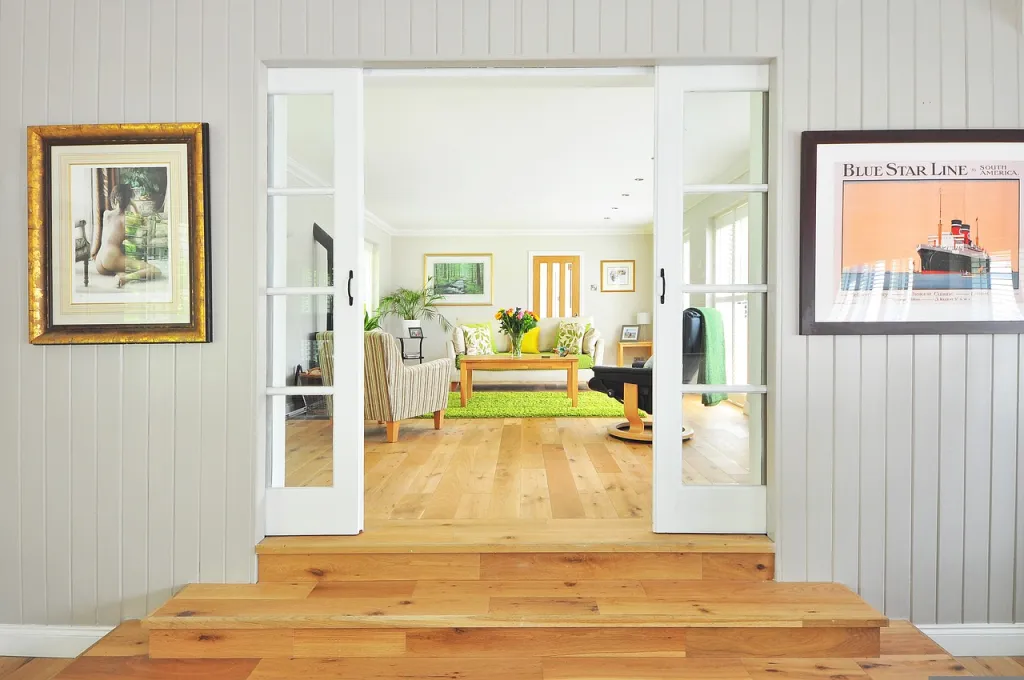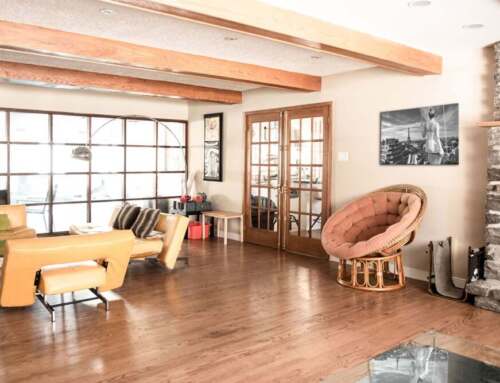Hardwood flooring is both a beautiful and extremely sustainable option for your flooring. While hardwood trees are being cut down to create the flooring, there are ways to ensure that there will be minimal damage to the environment and that the floors will last for a lifetime. Most hardwood can be refinished up to six times, and small dents and cracks can be easily disguised. The only time hardwood truly needs to be replaced is if there is large-scale structural or water damage. While hardwood is an extremely sustainable flooring option, many manufacturers try to pass off flooring that has been illegally cut, contains harsh chemicals, or is not from well-maintained forests as sustainable hardwood. Here’s how to make sure your hardwood is sustainable.
Know What Certification To Look For
When it comes to sustainable hardwood, you are going to want to do your research and make sure the flooring has a certification from the Forest Stewardship Council. This certification ensures that your hardwood comes from a forest that is being sustainably managed and responsibly harvested. This management ensures wildlife preservation, as well as helps avoid deforestation.
Opt For Reclaimed Hardwood
There’s nothing more sustainable than using reclaimed wood in your home. Not only are you avoiding cutting down new trees, but you are also giving new life to old wood that would otherwise be left to rot. An added benefit of using reclaimed hardwood is that it is often much harder and sturdier, as much of the antique wood reclaimed from barns and old homes is from old-growth trees. These trees were removed before our current standards were put in place, so it is important to use them and ensure that they were not chopped down for nothing.
Go With A Natural Finish
To make sure that your hardwood is sustainable and is not inviting toxic chemicals into your home, it’s important to make sure the stain and sealant you use are natural as well. Many stains and sealants contain harsh chemicals that can be dangerous when inhaled. Additionally, when hardwood is removed from the home, these sealants can prevent the wood from naturally breaking down and leaching toxic chemicals into the environment. To avoid this and ensure that you have sustainable hardwood, choose an all-natural option to finish your wood. Some great ones include beeswax, carnauba wax, tung oil, and mineral oil. If you are not thrilled with the color of your wood, you can always use Milk Paint to change it before sealing.
Shop Local
Using locally sourced wood is a great way to ensure sustainability, as well as ground your home in the natural environment it is already in. Shopping local helps to reduce your carbon footprint, as wood does not need as many resources to be transported. Shopping for your hardwood flooring locally also ensures you can track where it came from. If hardwood is not able to be traced back to the forest it came from, likely, it was illegally harvested, as is often the case with exotic wood from other countries.
Be Aware Of “Greenwashing”
Lastly, to make sure your hardwood is actually sustainable, be aware of greenwashing in logos and even just packaging design. Greenwashing often uses green text, natural imagery like leaves, and other earthy tones in packaging to suggest a more natural product. Specifically for hardwood, many companies simply put the logos of the FSC and other certifications like GreenGuard and FloorScore on their website to create a sustainable aesthetic, without carrying sustainable flooring.
When it comes to providing sustainable flooring, as well as refinishing flooring to make sure that it lasts for years to come, the name to trust is Troendle Hardwood Company. For over a century Troendle has been outfitting the Gulf Coast with beautiful hardwood flooring. Call or check out our website today to transform your humdrum floors into beautiful hardwood that you will love for years to come.



